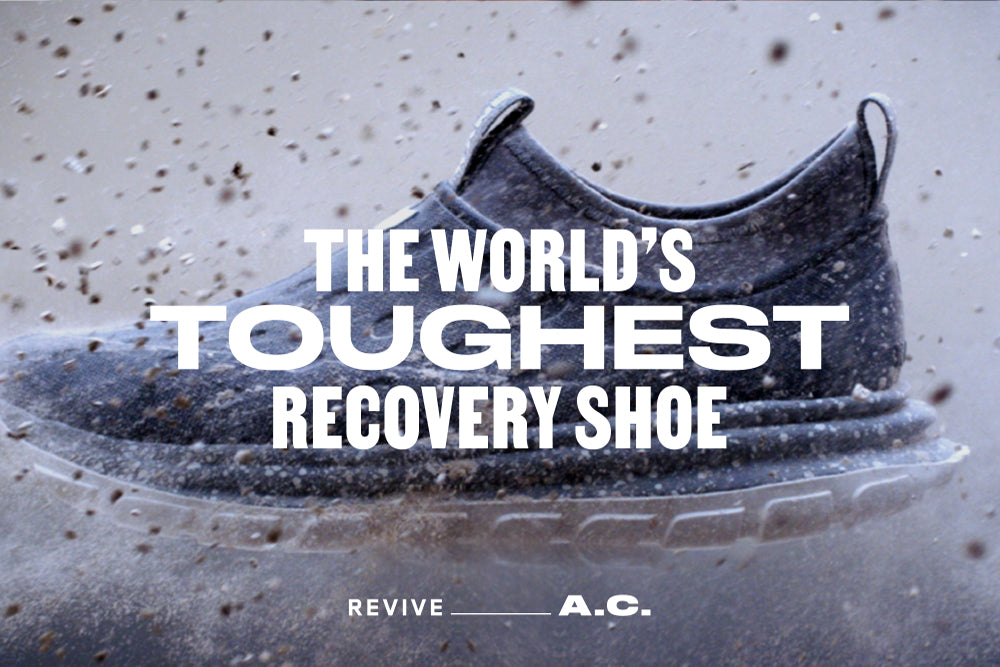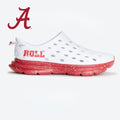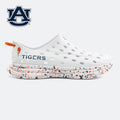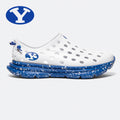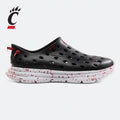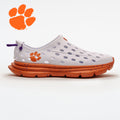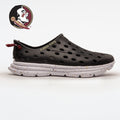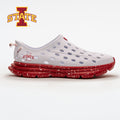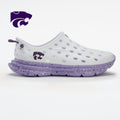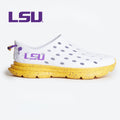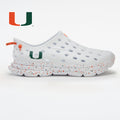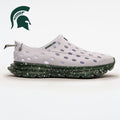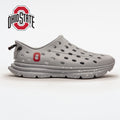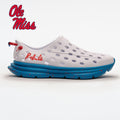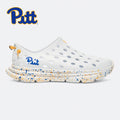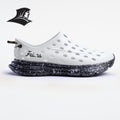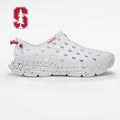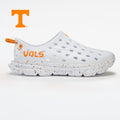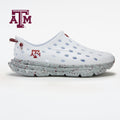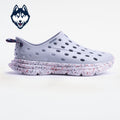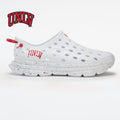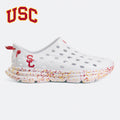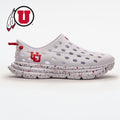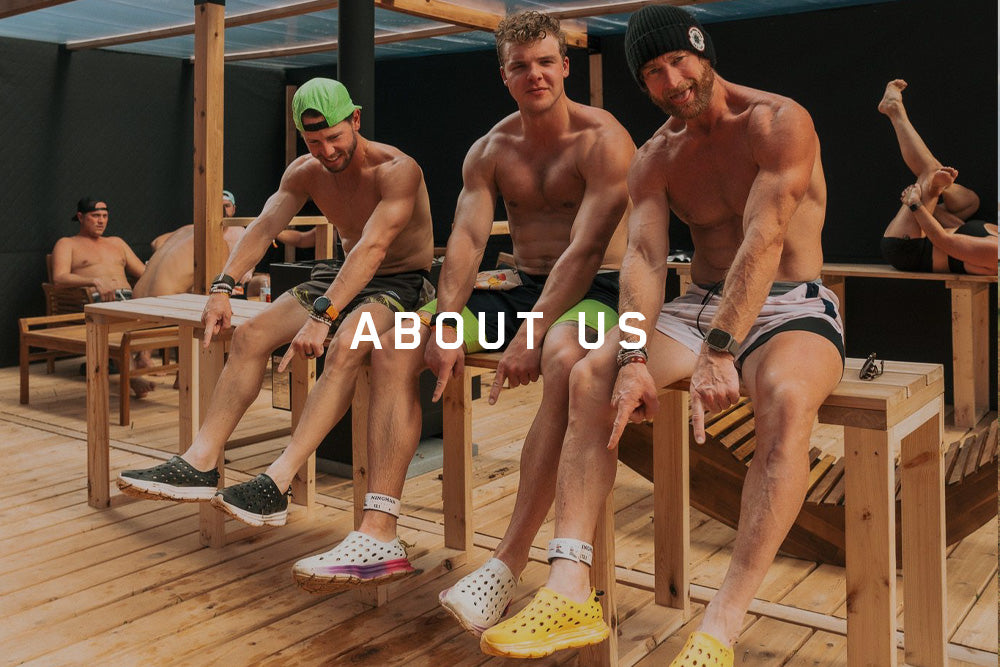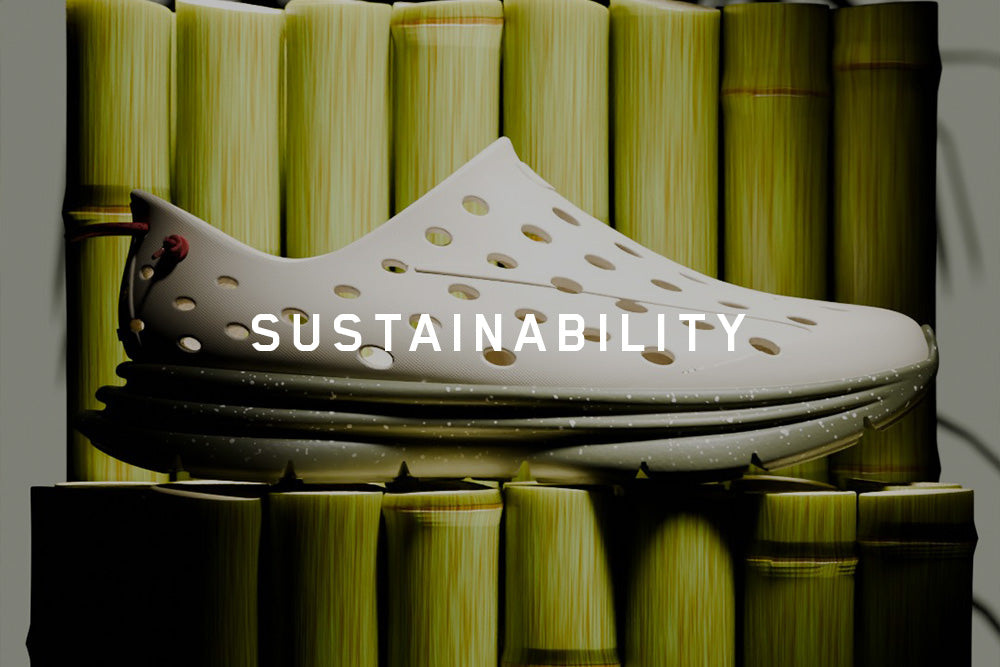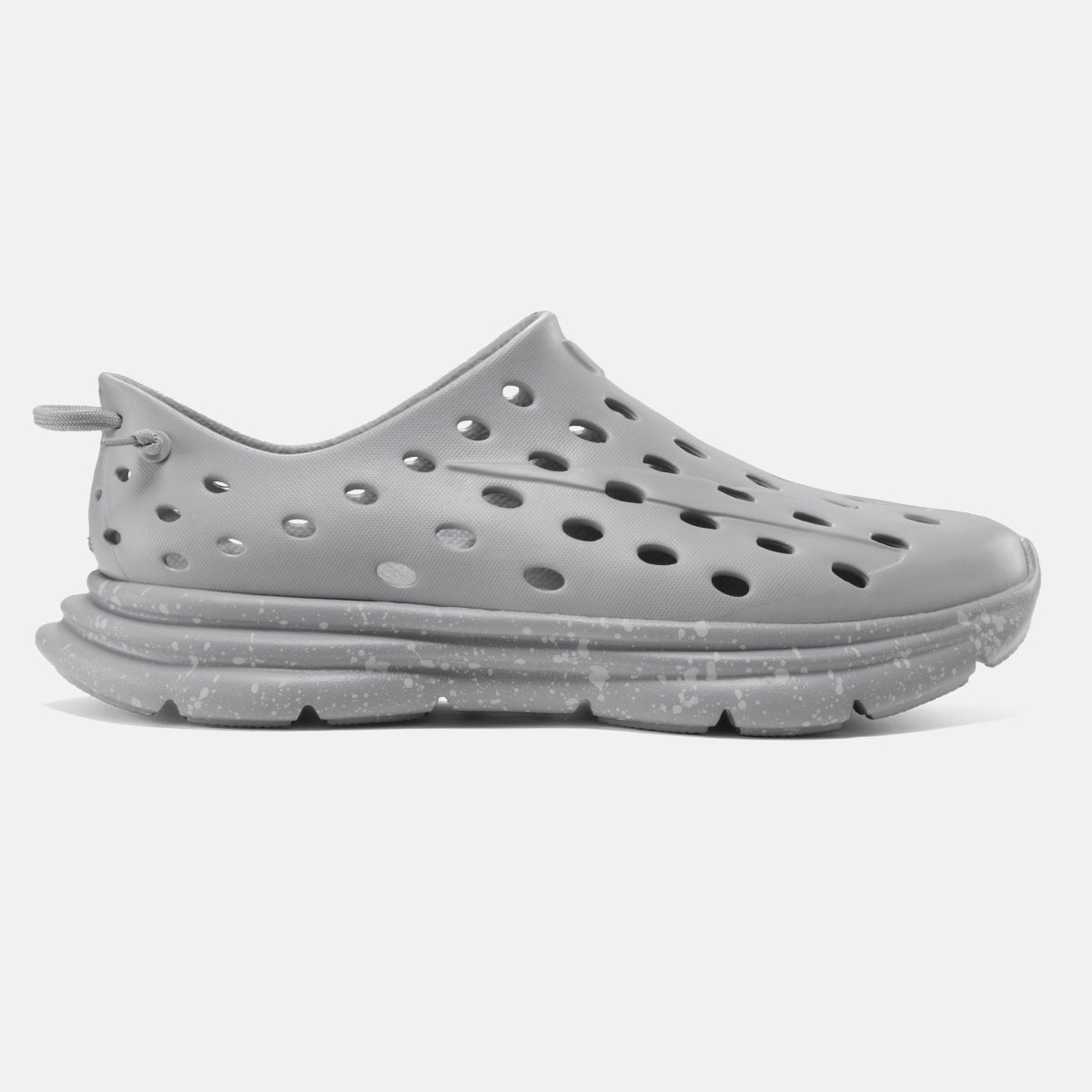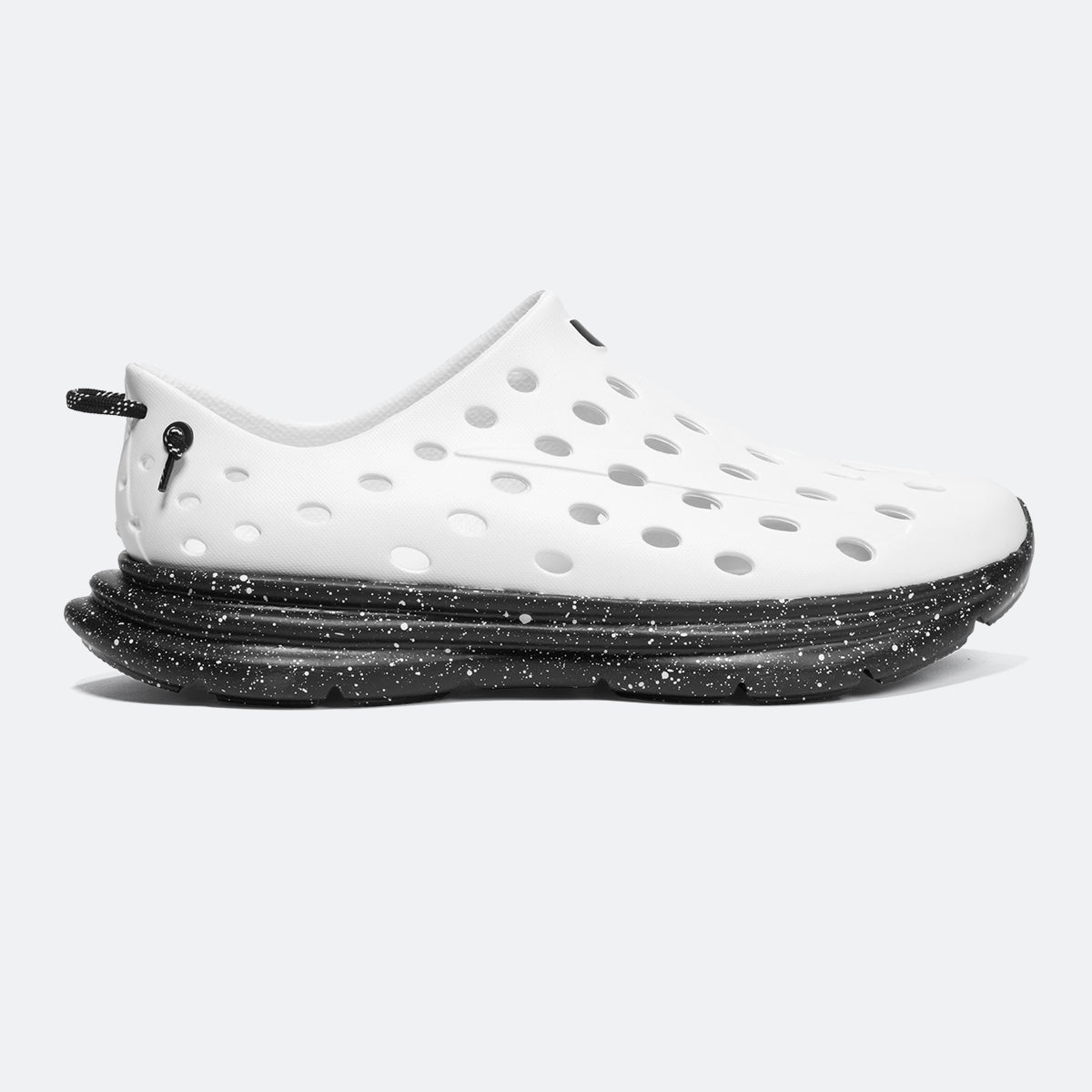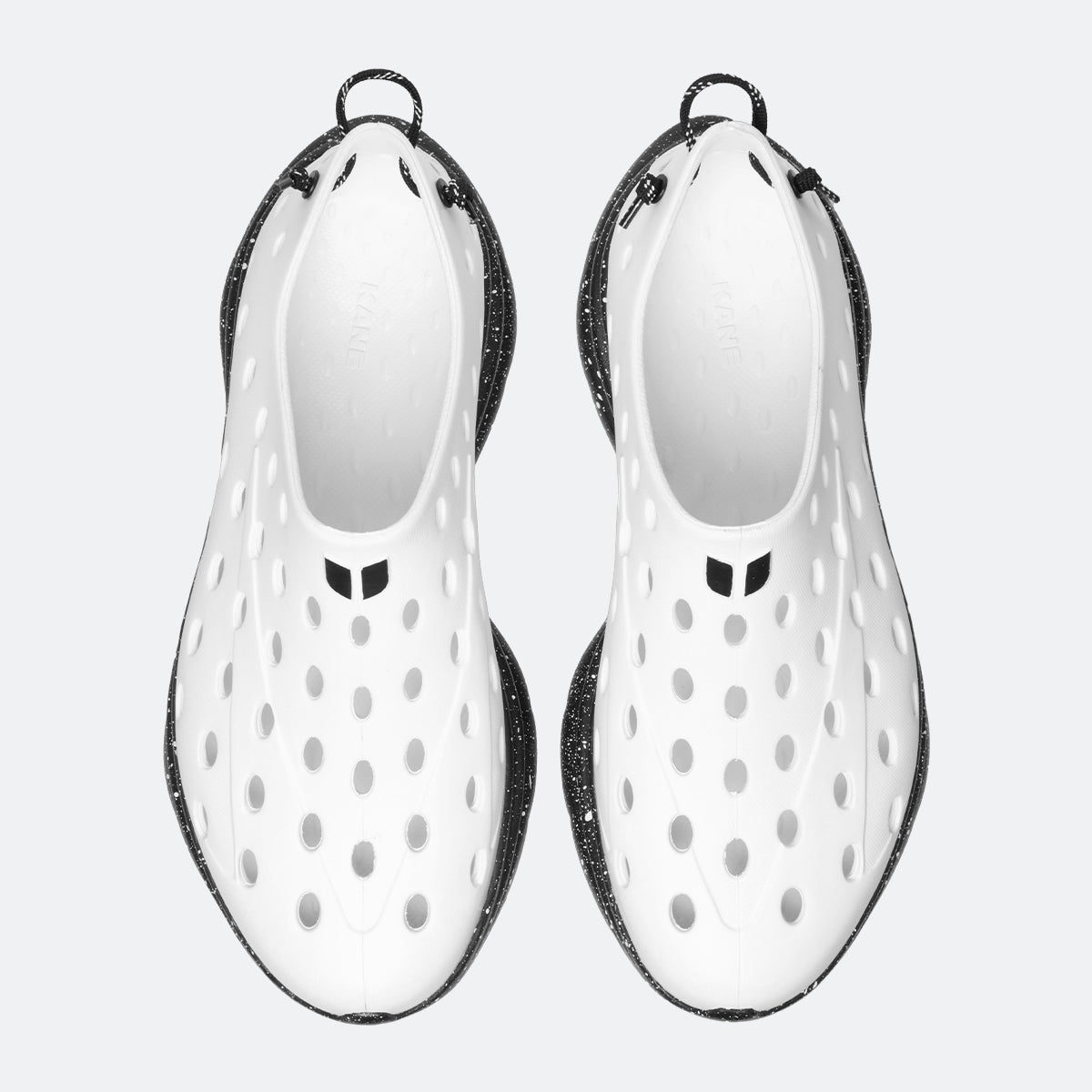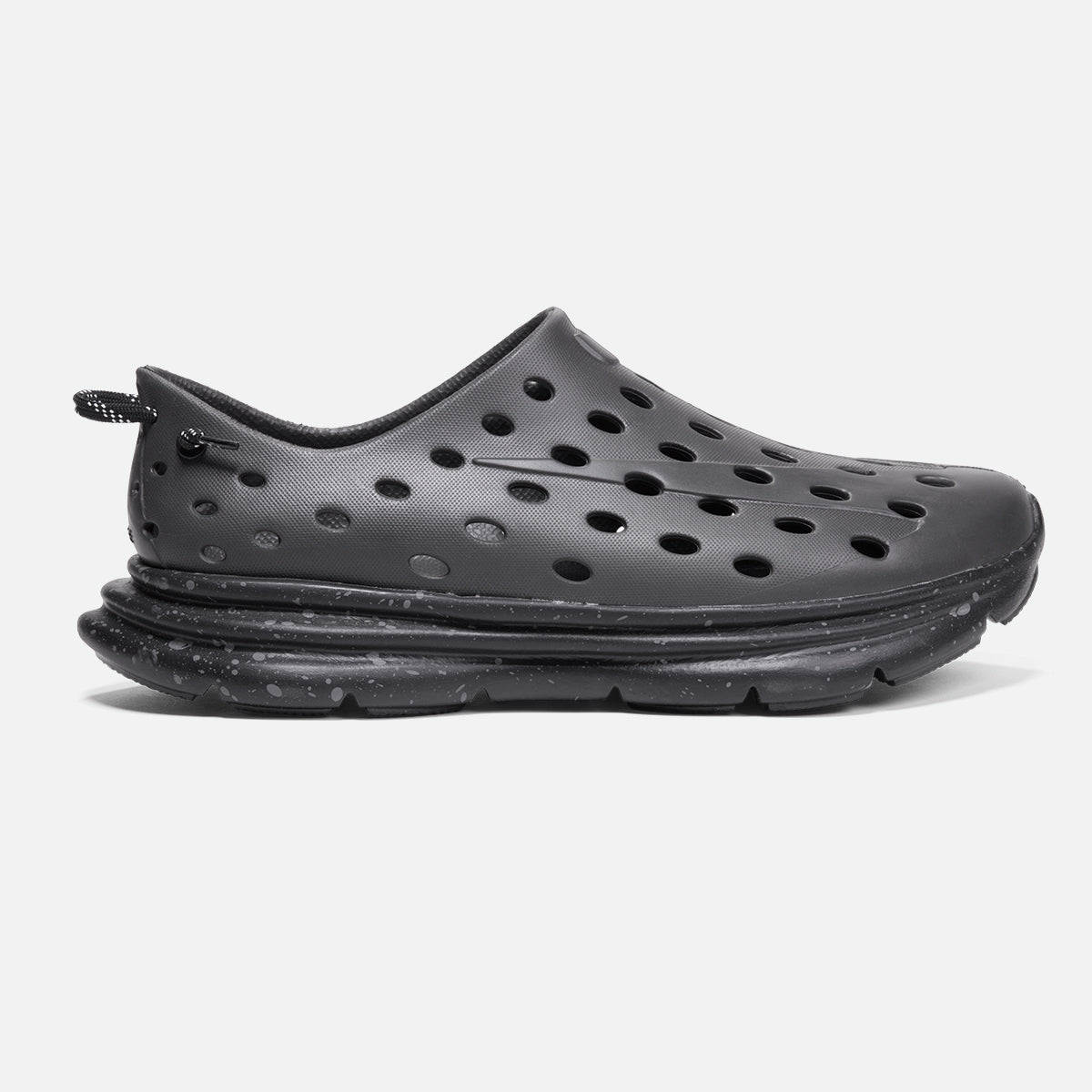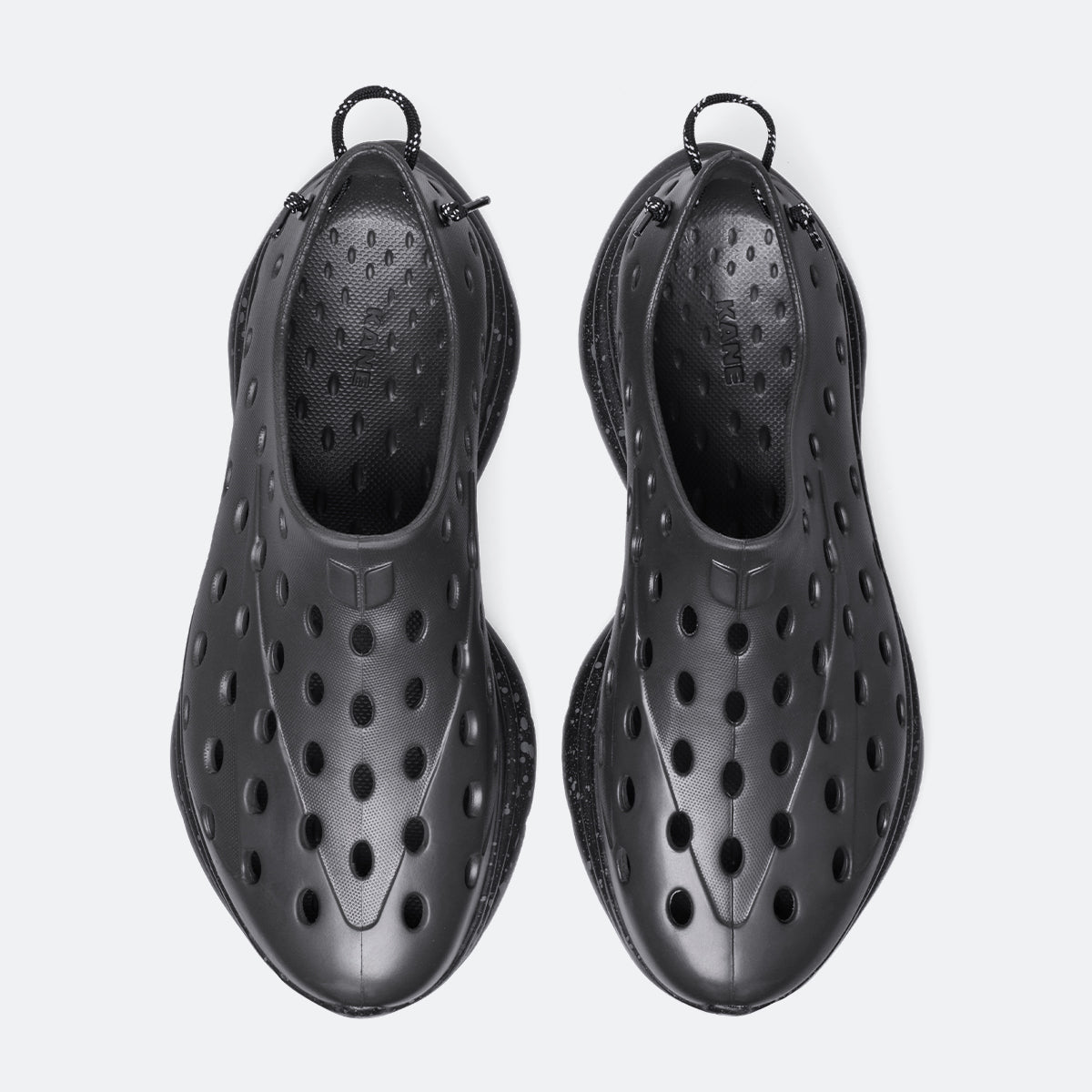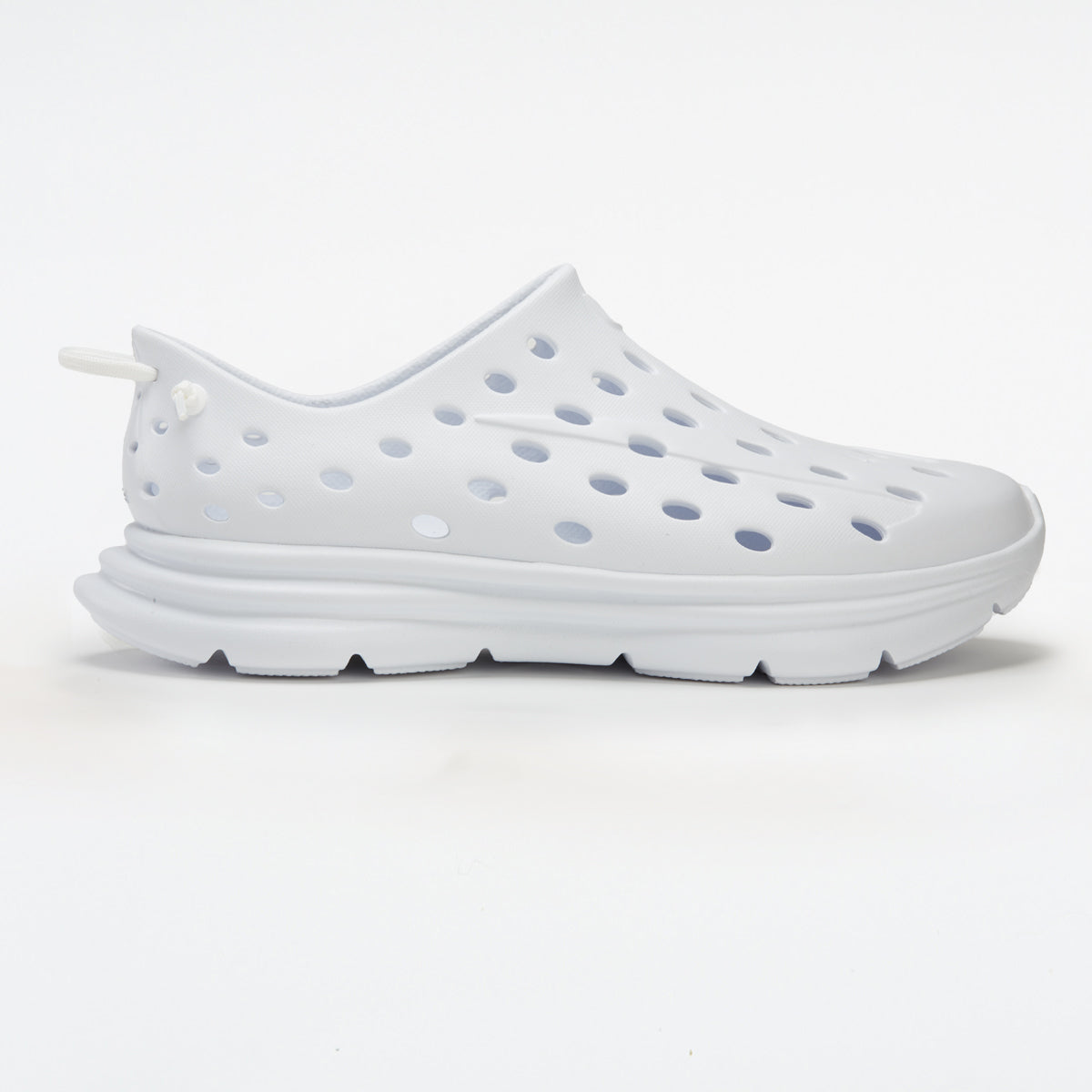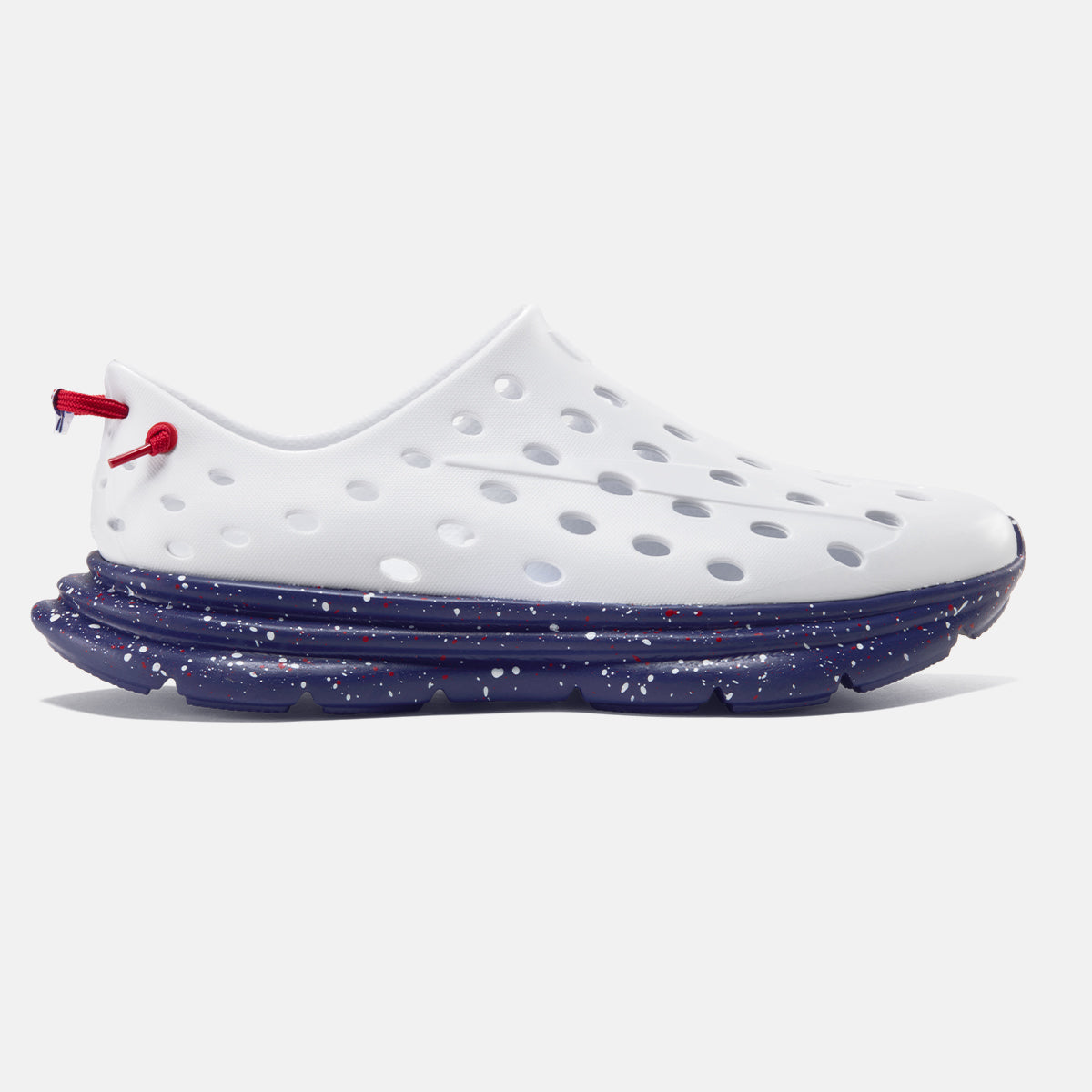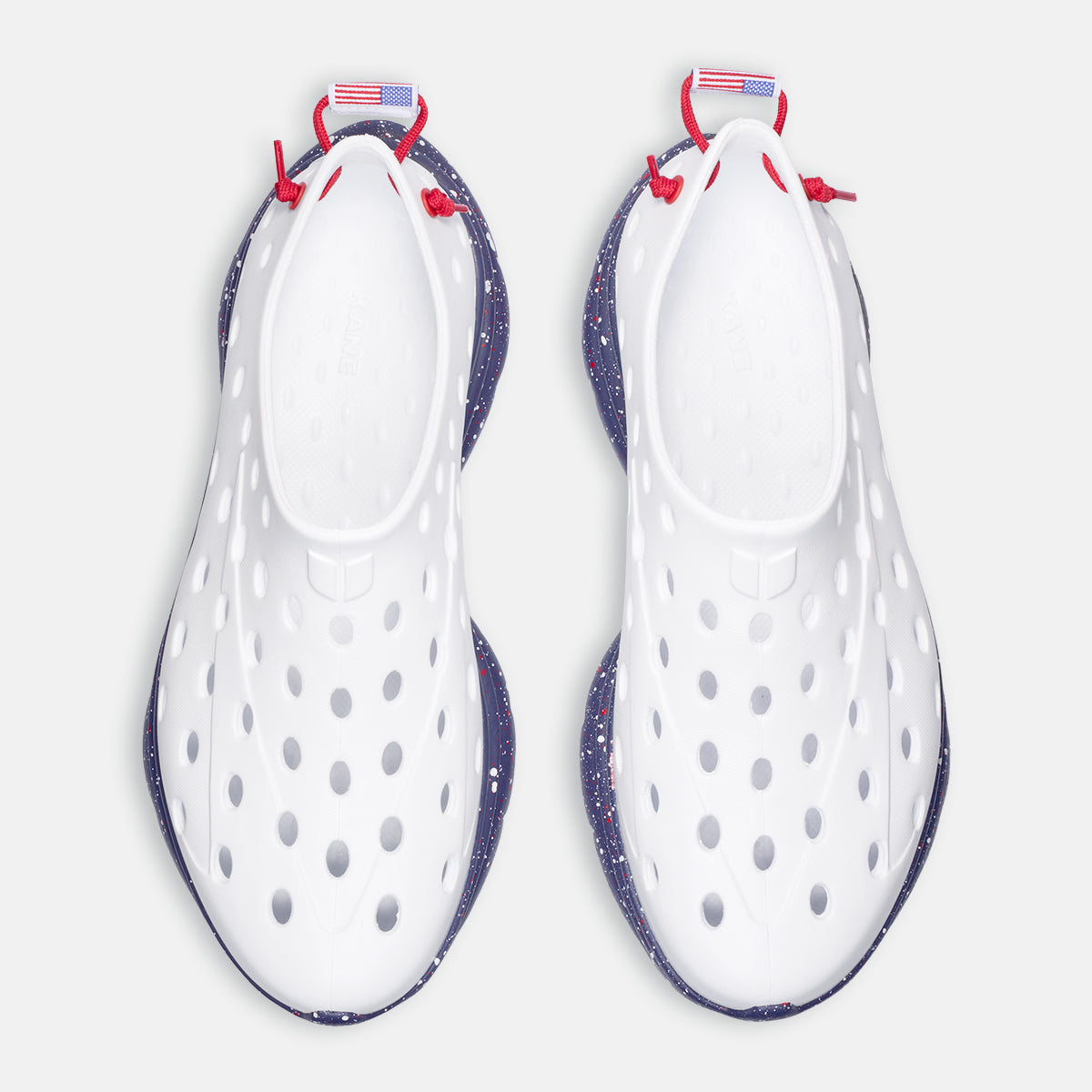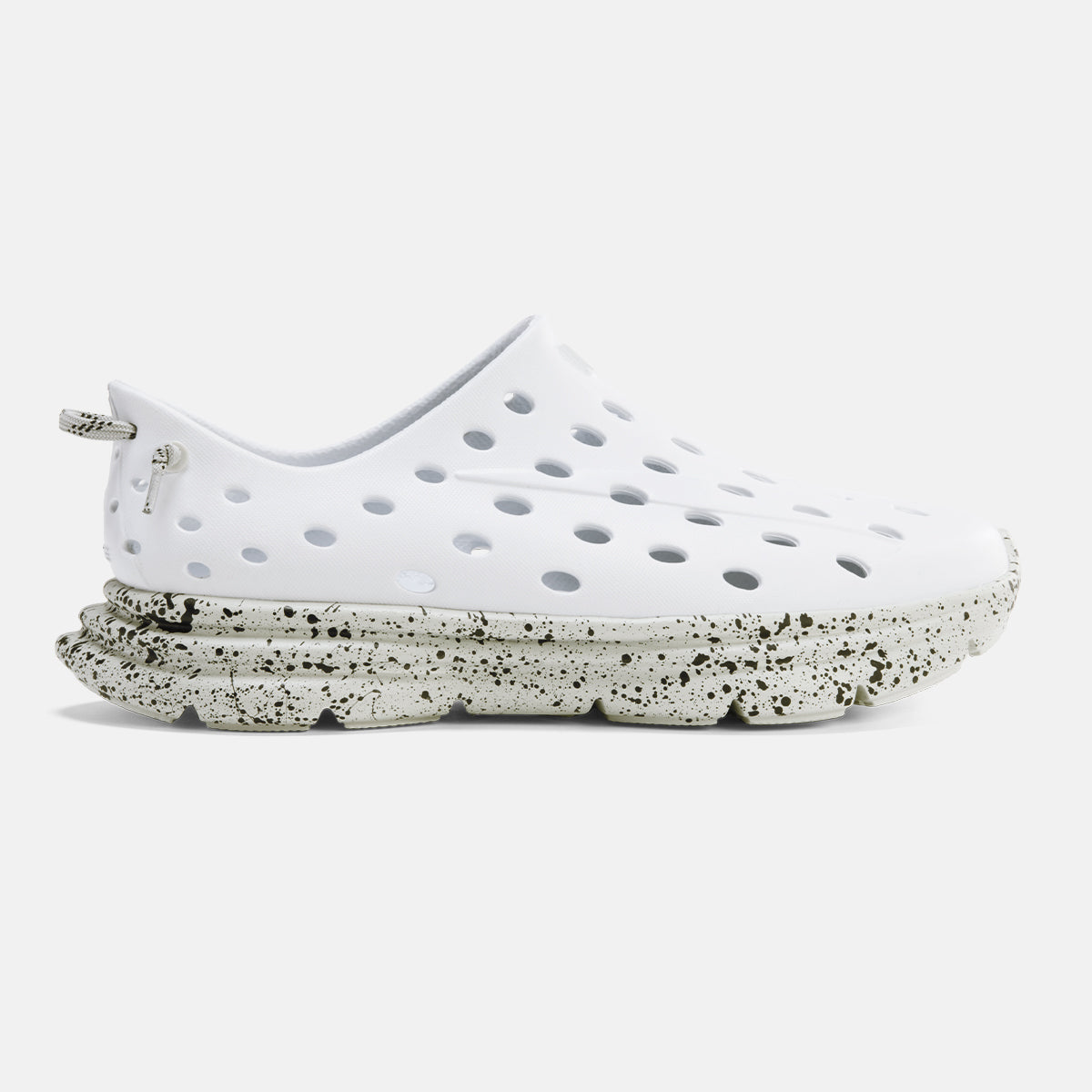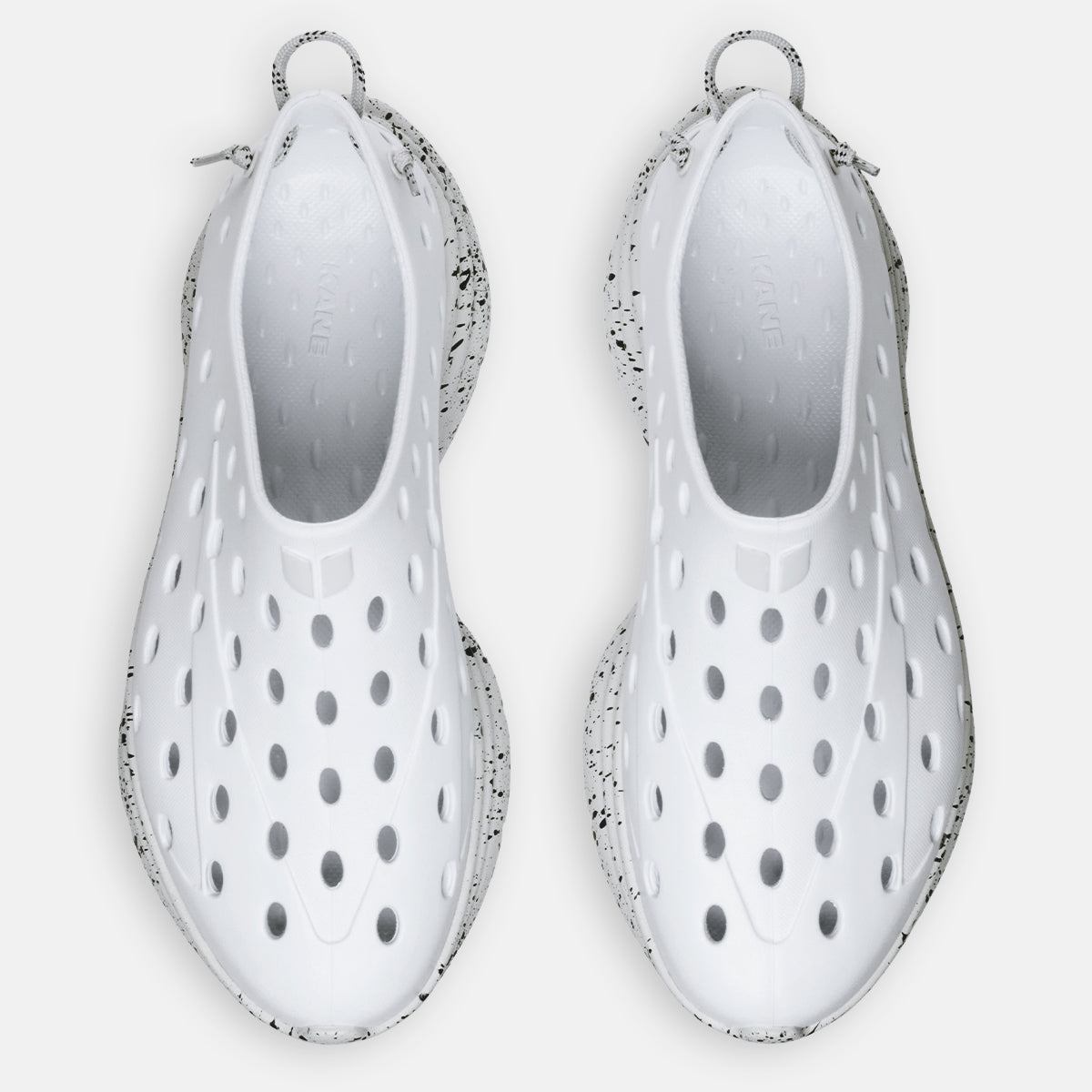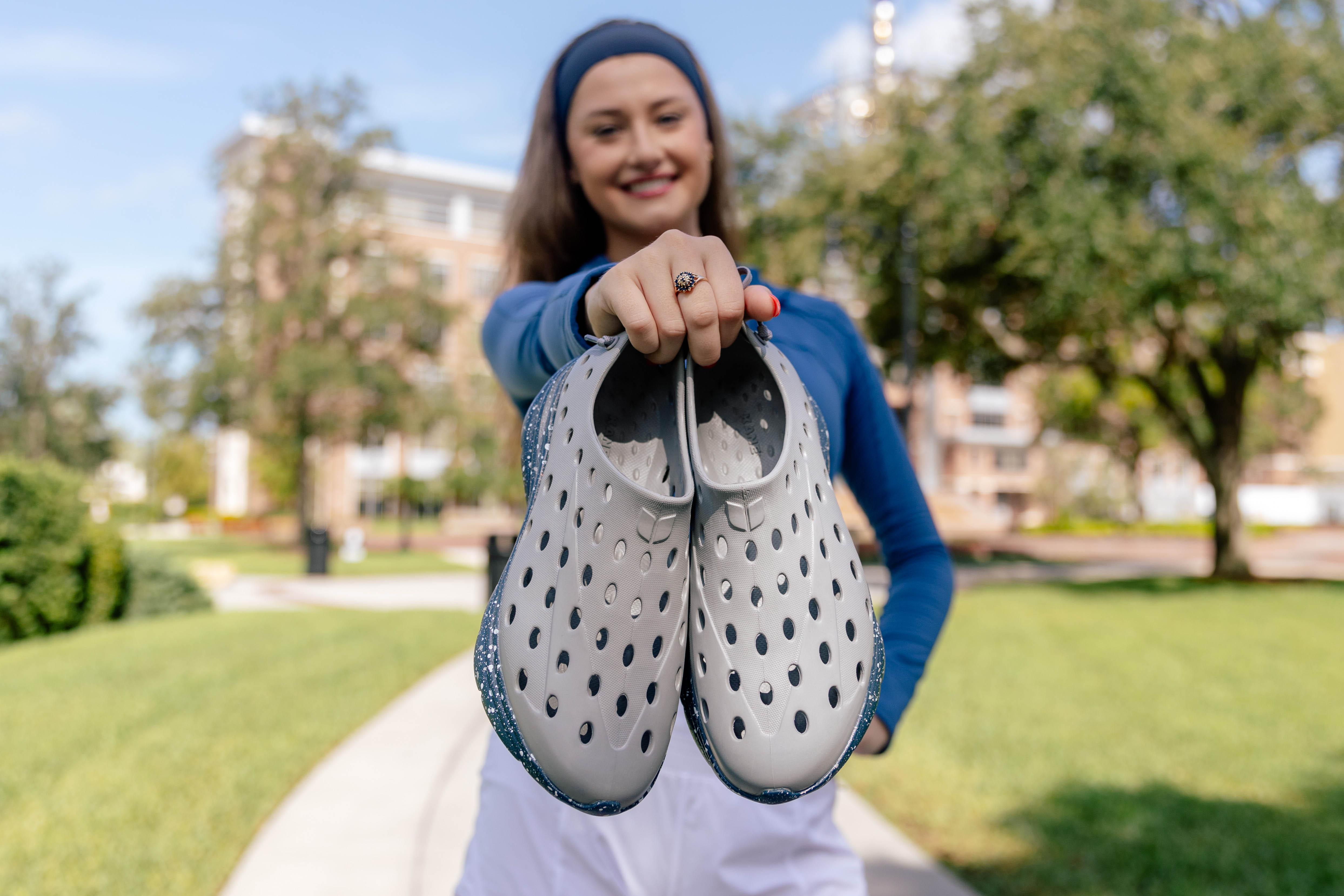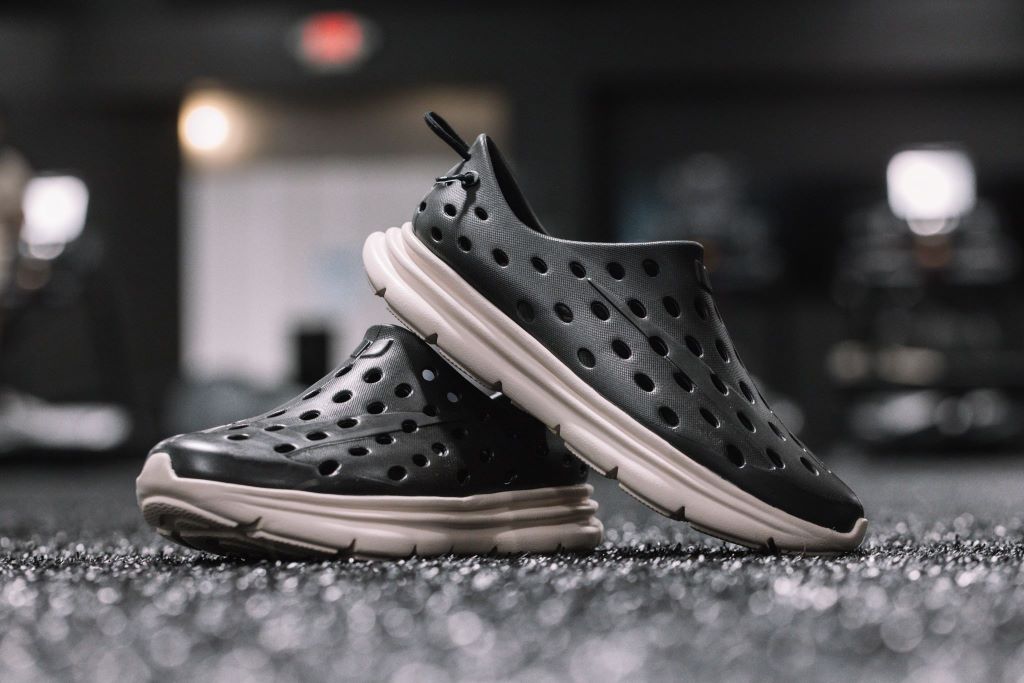Toe pain after running: Causes, treatment, and recovery strategies
Your big toe endures forces up to three times your body weight with every running stride. When something goes wrong with this small but critical part of your foot, the pain can stop you in your tracks and sideline your training for weeks. The good news? Most toe pain after running is both preventable and treatable.
Your toes absorb tremendous pressure during push-off, making them vulnerable to overuse injuries. Understanding why this happens and how to address it effectively gets you back to pain-free running faster.
Key takeaways
- Toe pain after running typically results from biomechanical issues, improper footwear, or overuse injuries to the big toe.
- Most cases respond to proper footwear, recovery techniques, and training adjustments; severe pain requires medical evaluation.
- Prevention through proper shoe fitting, foot strengthening, and recovery routines beats treating persistent pain.

Understanding your big toe anatomy and running mechanics
Your big toe serves as the primary propulsion point during running, handling forces up to three times your body weight with each stride. The MTP (metatarsophalangeal) joint connects your big toe to your foot, while tiny sesamoid bones underneath act like pulleys, protecting tendons and providing mechanical leverage.
During running, your foot progresses through three phases that stress your big toe. At heel strike, your foot supinates to absorb shock. During midstance, it pronates for stability. Finally, during push-off, your big toe extends upward and bears the full force of propelling your body forward.
This cycle means your big toe joint experiences thousands of high-impact loading cycles during a typical run. Toe pain follows when this system becomes compromised through poor biomechanics, inadequate footwear, or fatigue.
Common causes of big toe pain after running
Research shows 70-80% of running injury cases result from overuse rather than acute trauma. Your big toe is susceptible to several conditions that develop through repetitive stress.
Biomechanical factors causing the big toe to hurt
Overpronation creates excessive inward rolling, placing extra pressure on your big toe joint. This abnormal loading leads to inflammation and pain in your big toe that persists after running.
Training errors like sudden mileage increases don't allow your feet and toes to adapt gradually. Your bones, joints, and tissue need time to strengthen. Pushing too hard, too fast, results in stress fractures or soft tissue injuries.
Poor running form—such as landing too far forward, inadequate heel contact, or excessive bouncing—shifts additional force to your toes during each stride.
Poorly fitting shoes and footwear problems
Tight shoes that compress your toes create constant friction and pressure points, which can lead to inflammation and injury. The toe box needs space for natural toe spreading during impact.
Ill-fitting shoes that are too loose cause your foot to slide, creating friction and forcing your toes to work harder for stability. This effort strains your toe joint.
Worn-out shoes lose shock absorption and proper support. Without adequate cushioning, your big toe experiences greater impact forces and lacks support.
Medical conditions and foot injuries
Sesamoiditis occurs when sesamoid bones under your big toe joint become inflamed from repetitive stress, producing sharp pain beneath your big toe.
Stress fractures in sesamoid bones or metatarsals develop when loading exceeds the bones' repair capacity. These cause severe pain that worsens progressively with running.
Turf toe involves hyperextension of the big toe joint from forceful push-off movements, which causes immediate sharp pain, swelling, and restricted movement.
Hallux rigidus is a type of arthritis in which the big toe joint becomes stiff and painful, limiting the upward bending essential for running.
Bunions are bony growths that rub against your shoe, generating constant friction and inflammation.
Immediate treatment for toe pain
Swift action when toe pain strikes can prevent minor issues from becoming major problems. Your approach in the first 24–48 hours determines how quickly you'll return to pain-free running.
The PEACE and LOVE protocol
The PEACE and LOVE protocol replaces outdated rest-and-ice approaches with a balanced plan for smart protection and gradual recovery.
PEACE focuses on early care:
- Protect your toe by avoiding activities that worsen pain but allow gentle, pain-free movement.
- Elevate to reduce swelling and improve blood flow.
- Avoid overusing NSAIDs (nonsteroidal anti-inflammatory drugs) and prolonged icing, as these can impede healing. Use short-term cooling only for temporary relief.
- Compress with a supportive wrap to control swelling.
- Educate yourself about the healing process and accept that some discomfort is normal during recovery.
LOVE promotes active rehabilitation:
- Load the toe gradually with weight-bearing activities as tolerated.
- Optimism matters—maintain a positive mindset to support healing.
- Vascularization through gentle aerobic activities like swimming or cycling encourages blood flow and tissue repair.
- Exercise progressively to restore foot strength, mobility, and balance.
Recovery footwear considerations
After implementing the PEACE and LOVE protocol, your choice of footwear during the recovery phase becomes crucial. Regular running shoes often lack the specific support injured toes need during healing.
Recovery shoes designed for post-exercise use provide targeted benefits that standard footwear cannot match. These specialized shoes feature enhanced cushioning, proper arch support, and toe box designs that accommodate swelling while promoting healing.
Kane's recovery shoes exemplify this approach with their RestoreFoam technology—a dual-density EVA that provides both cushioning and stability. As Dr. Daniel Geller, podiatrist and foot and ankle surgeon, notes: "It's going to stabilize your foot. It's going to create amazing foot capture with every step you take."
Recovery tips and healing strategies
Effective recovery requires addressing both immediate symptoms and underlying causes. The goal is pain relief and preventing recurrence through improved biomechanics.
Physical therapy and strengthening
Foot strengthening improves resilience and biomechanics. Exercises like toe curls, marble pickups, and towel scrunches strengthen muscles supporting your foot arch and toe function.
Stretching your calves prevents tight muscles that limit ankle mobility and force your foot to compensate by increasing big toe stress. Regular stretching improves overall foot mechanics.
Balance training helps redistribute forces evenly across your foot. Single-leg stands and dynamic balance challenges improve foot control during running.
Orthotic solutions for proper support
Custom or over-the-counter orthotics redistribute pressure away from painful toe areas. Metatarsal pads target the area behind the toes, reducing MTP joint and sesamoid pressure.
Toe spacers encourage proper alignment and reduce stiffness in your big toe joint. These help runners with bunions or compressed toes from tight shoes.
Work with specialists—such as podiatrists, physiotherapists, or sports medicine experts—to ensure orthotics are the right option for you.
Properly selected and positioned orthotic solutions—whether pads, spacers, custom or off-the-shelf inserts—can help runners prevent and address toe pain. However, expert advice is key to getting the most benefit and ensuring devices work for your needs.
Specific conditions: Broken bones, Morton's neuroma, and plantar fasciitis
Three common conditions cause most cases of toe pain in runners: stress fractures, Morton's neuroma, and plantar fasciitis. Here's how to recognize and address each one.
1. Stress fractures
Stress fractures happen when repetitive running stress overwhelms your bone's ability to repair itself. The telltale sign is persistent pain that worsens with activity but improves with rest.
Recovery time for stress fractures ranges from six to 12 weeks with complete rest from running, though cross-training activities that don’t stress the affected foot, like swimming, may be allowed.
Watch for pain that lingers after runs, tenderness over the affected area, and worsening pain when you put weight on your foot.
2. Morton's neuroma
Morton's neuroma causes a distinctive feeling, like there’s a pebble stuck under the ball of your foot that you can't shake out. The condition affects nerves between your toes, most commonly the third and fourth.
Running aggravates Morton's neuroma because your toes bend upward thousands of times during a typical run. Tight shoes squeeze the problem area, making things worse. You'll also see this condition in tennis players and other athletes who change direction frequently.
The good news is that most cases improve with simple changes. Start with better-fitting shoes and metatarsal pads to reduce pressure on the affected nerve. Cutting back on activities that aggravate symptoms also helps. Your doctor may recommend injections or surgery if these treatments don't work.
3. Plantar fasciitis
Plantar fasciitis affects the band of fibrous tissue spanning your foot from heel to toes. Though it typically causes heel pain, the condition often leads to toe pain as well.
Here's why: heel pain makes you change how you walk, shifting extra pressure to your big toe. Runners with flat feet or high arches are particularly prone to this condition.
Prevention strategies for foot pain
The best way to avoid toe pain is to prevent it from happening in the first place. This means making smart choices about your training, shoes, and daily foot care.
Smart training practices
Progressive load increases allow feet and toes to adapt gradually. Increase mileage gradually—typically five to 15% weekly, depending on your experience and how well you're recovering. Listen to your body rather than following rigid percentages.
Surface variation reduces repetitive stress patterns. Mixing road, trail, and track running distributes impact forces differently, preventing stress fractures and soft tissue injuries.
Rest days and active recovery give foot tissues time to repair. Swimming and cycling maintain fitness while allowing feet to recover.
Proper footwear selection
Professional gait analysis identifies biomechanical issues contributing to toe pain. Many running stores offer this service, which helps customers select shoes that complement their movement patterns.
Shoes need adequate toe box space—half an inch between your longest toe and the shoe end. This width prevents foot bulging or compression.
Replace shoes every 300–500 miles to maintain cushioning and support. Worn shoes contribute to foot injuries through inadequate shock absorption.
Daily foot care for big toe health
Proper nail trimming prevents ingrown toenails. Cut nails straight across, avoiding curves, and don't cut too short.
Regular foot and toe stretching maintains big toe joint flexibility. Toe spreads and gentle flexion exercises prevent stiffness.
Good foot hygiene prevents complications. Keep feet clean and dry, change socks regularly, and address skin issues promptly.
When to seek professional help for toe pain
Severe pain preventing normal walking requires immediate medical evaluation, and persistent pain lasting more than a week despite conservative treatment warrants professional assessment.
Signs of infection (redness, warmth, swelling, or discharge) need immediate attention. Numbness, tingling, or toe color changes may indicate nerve or circulation problems requiring evaluation.
Podiatrists specialize in foot conditions and provide comprehensive toe pain evaluation. Sports medicine physicians understand running demands and can coordinate care with physical therapists.
Returning to pain-free running
Toe pain after running doesn't have to derail your training goals. Understanding causes, implementing effective treatments, and focusing on prevention create the foundation for long-term foot health.
Combining proper support, targeted recovery strategies, and smart training addresses both immediate relief and prevention. Your feet carry you through thousands of miles—investing in their health pays dividends in performance and enjoyment.
Take action at the first signs of toe pain rather than pushing through discomfort. Early intervention through shoe adjustments, training modifications, or professional evaluation prevents minor issues from becoming major setbacks.
Frequently asked questions
How do you treat runner's toe pain?
Treatment starts with the PEACE and LOVE protocol, shoe modifications that reduce toe pressure, and addressing underlying causes. Recovery involves a progressive return to activity, footwear adjustments, and addressing biomechanical issues. Severe or persistent pain may require physical therapy, orthotics, or medical intervention. Most cases improve within two to four weeks with conservative treatment.
Why does my toe hurt so much after running?
Your toe hurts because it absorbs tremendous forces—up to three times your body weight per stride. The big toe joint and sesamoid bones experience repetitive high-impact loading, which causes inflammation, stress fractures, or injury. Poorly fitting shoes, overpronation, and training errors amplify these forces, creating pain that persists after runs.
What is jogger's toe?
Jogger's toe refers to nail damage from repetitive impact against the shoe. This causes nail discoloration, pain, and sometimes nail loss. It results from tight shoes, downhill running, or sudden training increases. Unlike other toe pain conditions, jogger's toe primarily affects the nail rather than the underlying joints or bones.
Does runner's toe ever go away?
Yes, runner's toe typically resolves with appropriate treatment and shoe modifications. Most acute cases improve within two to four weeks with rest and proper footwear. Chronic conditions like hallux rigidus may require ongoing management. Early intervention prevents temporary issues from becoming problematic. Persistent pain lasting over a week needs professional evaluation.
No content on this site should ever be used as a substitute for direct medical advice from your doctor or other qualified clinicians.



